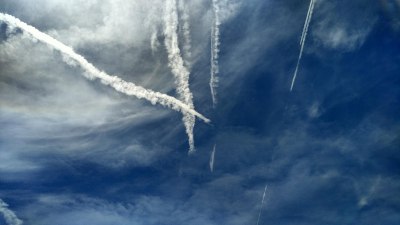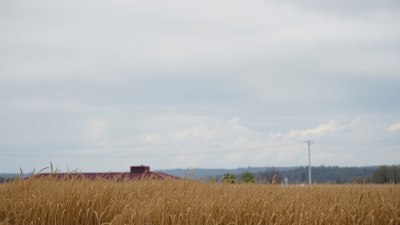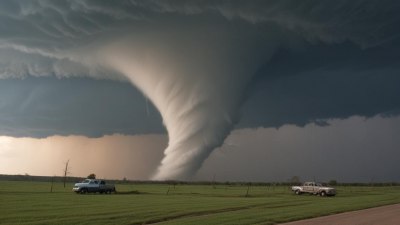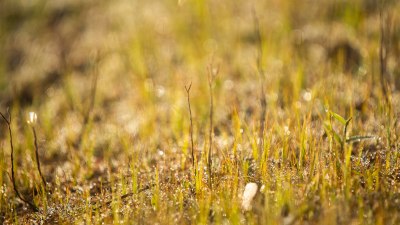How Nature's Weather Signals Shape Human Celebration and Festivity
Explore how weather influences traditional celebrations and festivals worldwide, reflecting cultural significance.

The interplay between nature and human civilization is as old as time itself. From the earliest days of humanity, people have looked to the skies and observed the changes in weather patterns to inform their daily lives, agriculture, and, crucially, their celebrations. This profound relationship between weather signals and human festivity is not merely a matter of practicality but is deeply intertwined with cultural identity and tradition. The impact of weather on celebrations can be observed across various cultures, with specific patterns telling us when to gather, celebrate, and honor significant life events or seasonal changes.
The Seasons and Their Influence
The changing seasons greatly influence when and how people celebrate. In many cultures, spring is seen as a time of rebirth and renewal, often marked by vibrant festivities. For example, Easter is celebrated in many Christian traditions during springtime, symbolizing resurrection and new life. Similarly, the Festival of Holi in India welcomes the arrival of spring, celebrating the triumph of good over evil and the importance of love and community. The colorful powders used during Holi symbolize the blooming flowers and the joyous spirit of spring.
Summer, with its long days and warm weather, promotes outdoor festivities. The summer solstice, for instance, is celebrated in various cultures around the world, from Scandinavia's Midsummer celebrations, which include bonfires and feasting, to Native American powwows that gather communities for cultural celebrations. Such events often emphasize connection with nature, showcasing the abundance of summer harvests, the beauty of the natural world, and communal bonding.
Autumnal Celebrations: Harvest Time
As summer fades into fall, nature provides the signal for harvest. Many cultures celebrate this critical transition with harvest festivals that express gratitude and foster community spirit. In the United States, Thanksgiving is a prime example, grounded in the giving of thanks for the harvest and the preceding year’s blessings. Families gather around tables filled with food, symbolizing abundance brought forth by nature's bounty.
In Canada, the Thanksgiving celebration occurs earlier than in the U.S., reflecting the different harvesting seasons. Many regions host celebratory events, from pumpkin festivals to apple picking, illustrating a deep connection to agrarian roots. Similarly, the Chinese Mid-Autumn Festival is celebrated during this period, marked by mooncakes and lanterns, reflecting the harvest moon's significance and the family reunion theme.
The Impact of Winter Weather
Winter brings about its own unique celebrations, often characterized by coziness, warmth, and community. The winter solstice, the shortest day of the year, is celebrated by various cultures—be it Yule in Northern European traditions or Dongzhi in China, emphasizing family gatherings, light, and renewal. The rituals associated with these festivals often include lighting candles or fires to symbolize the return of the sun, showcasing humanity’s dependence on and reverence for the natural cycles.
The Christmas season, widely celebrated around the world, perfectly illustrates nature's role in human festivities. The cold and often bleak weather of winter leads to traditions that revolve around warmth, togetherness, and joy. Outdoor Christmas markets, festive lights, and family gatherings create a sense of comfort and community, turning the harsh winter into a time of celebration and joy. However, historical speculation has connected these celebrations to older pagan winter festivals celebrating nature's resilience and the promise of spring.
Climate and Cultural Variations
Different climates give rise to unique celebrations. In equatorial regions, where the weather remains relatively stable year-round, festivals often align with agricultural cycles rather than seasonal changes. The celebrations in these areas may revolve around significant agricultural milestones, such as planting and harvesting times, rather than the four distinct seasons recognized in temperate zones.
In contrast, in regions with extreme weather conditions, such as the Arctic, indigenous celebrations may emphasize survival and adaptation. For instance, the Inuit people celebrate the return of the sun after the long winter months with festivals that include feasting, dancing, and the sharing of stories, emphasizing community resilience and the importance of nature for sustenance.
Modern Celebrations and Environmental Awareness
In recent years, there has been an increasing awareness of climate change and its impact on traditional celebrations. As weather patterns become less predictable, many communities begin to adapt their festivals to align better with the changing climate. This shift can be seen in agricultural festivals, where farmers are increasingly focusing on sustainable practices and environmental consciousness. Events that celebrate local foods, support local farmers, and promote ecological awareness are becoming more prevalent—reflecting a deeper understanding of nature’s influence on community survival and joy.
For instance, in areas affected by severe droughts, communities may adapt their traditional harvest festivals by focusing on water conservation and the importance of sustainable farming practices. These adaptations not only preserve cultural significance but also promote a greater awareness of environmental issues in contemporary celebrations. This blending of cultural tradition with environmental stewardship is a powerful example of how the influence of nature continues to shape human festivity.
The Role of Folklore and Mythology
Myths and folklore that arise from people's observations of nature have significantly impacted celebrations and festivals. Many festivals are rooted in age-old legends that highlight the relationship between weather and agricultural success. For example, many cultures have gods or deities associated with rain and fertility, and rituals often involve asking for blessings in the form of favorable weather conditions during critical agricultural periods.
In Japan, the Rain Goddess Kanon is honored in the summer with ceremonies appealing for rain during the planting season. Similarly, pre-Hispanic cultures in Central and South America, such as the Inca, held elaborate festivals in honor of Inti, the Sun God, believing that homage would ensure a successful harvest. These connections between mythology and weather signals serve to intertwine community practices with their environment, reinforcing the power and significance of nature in human life.
Weather as a Cultural Catalyst
Ultimately, the relationship between nature's weather signals and human celebration is a rich tapestry woven with threads of cultural identity, tradition, and community. Festivals and celebrations, shaped by the natural world, serve not only as pinnacle moments for reflection and rejoicing but also as important reminders of the connectedness between humanity and nature. As climate change alters familiar weather patterns and introduces unpredictability, it is crucial for communities to adapt their celebrations while honoring cultural traditions. In doing so, we not only keep alive the spirit of festivity but also nurture respect for the natural world that influences our lives profoundly. This ongoing relationship between humans and the environment will continue to influence how we come together in celebration, ensuring that even as times change, the essence of festivity remains grounded in the rhythms of nature.











